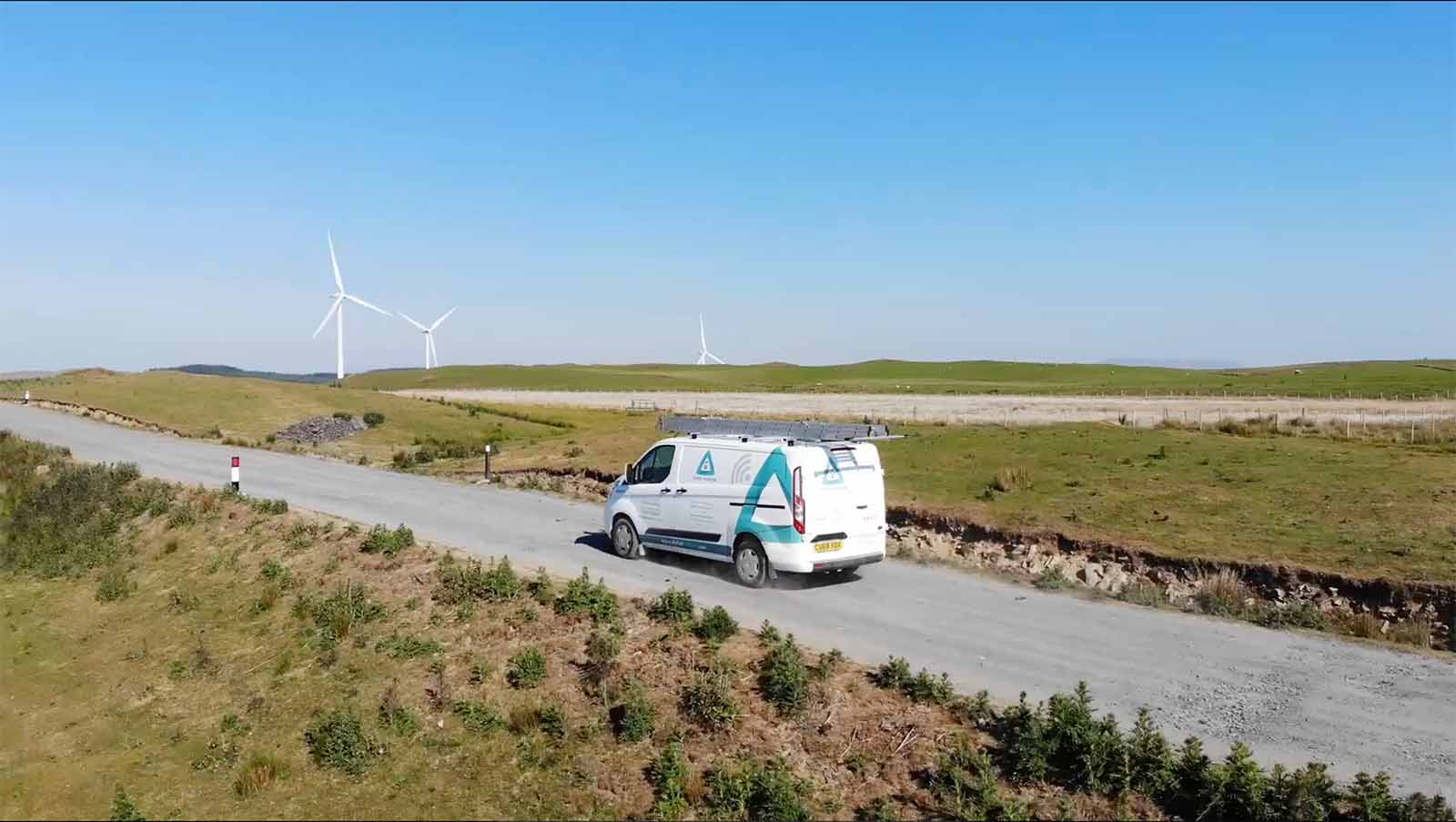When it comes to choosing the right internet service for your home or business, there are a lot of questions that will need to be answered. Often, one of the toughest ones to answer is: Which is the right type of internet for me?
Through our work providing a range of internet services for our customers across Wales, we’ve learned that some internet solutions are better suited for some customers than they are for others. To help you find the right internet solution for you, we’re always ready to provide upfront honest advice on which service may best suit your needs.
One of the most common questions we get asked about are the differences between Fibre and ADSL so we’ve put this little primer together to go over what exactly they are, and the pros and cons of each.
What is ADSL Broadband?
ADSL Broadband, or Asymmetric Digital Subscriber Line, is an internet technology which utilises existing telephone networks and their copper cables. Thanks to this ability to take advantage of existing infrastructure, ADSL is readily available across the country. What’s more, it’s also typically more affordable thanks to reduced installation and equipment costs.
However, ADSL does have some drawbacks, with the main one being speed. ADSL utilises copper telephone wires which lose data the further away from the exchange you live. Speeds can also be affected depending on how many people in your area are online. Since your neighbours are using the same line as you, you’ll be contending with them for data, which means you’re likely to experience slower speeds during busy periods.
What is Fibre Broadband?
Fibre broadband, also known as fibre optic or simple fibre, is a modern internet technology. Through fibre optic cables, data can be delivered to your home or business. As a modern technology, fibre provides a lot of benefits compared to other technologies, with the main one being the higher speeds that it offers.
What’s more, fibre broadband provides symmetrical upload and download speeds, compared to many other technologies which usually have slower upload speeds. Fibre also generally provides a more reliable service, as it’s less prone to interference.
So Why Choose ADSL over Fibre?
As with any technology, fibre isn’t perfect. Currently, the main issue is that fibre isn’t readily available in many areas due to logistical problems and installation costs. Rural areas particularly struggle with this problem, and customers in these areas may have to foot the bill themselves to access the service.
And while fibre provides higher speeds and is generally more reliable than many other technologies, it also tends to be one of the more expensive internet services available, even after the initial costs.
However, for those who want the best possible download speeds and don’t mind a slightly higher service charge, fibre would be the best option where possible.
Can I get Fibre in My Area?
The government is working hard to expand the availability of fibre across the country so that everyone has access to high speed internet. Currently, 96% of UK households and businesses can access fibre broadband. Unfortunately, there’s often installation charges depending on where you live.
Perhaps unsurprisingly, cities and more densely populated living areas have been given priority to receive fibre, as any infrastructure that’s been created will benefit more people.
This means that many in smaller towns and more rural areas are still waiting to get access to fibre broadband and for some locations, there aren’t any plans at all for fibre to be introduced.
To find out if fibre is available at your premises, get in touch with us today.
What speeds does Fibre offer?
The speeds your Fibre broadband provides will vary depending on who your provider is. Some providers provide guarantees that your service will provide certain speeds.
At Dyfed, we guarantee customers of our BT Ultrafast Fibre service money back if they don’t enjoy the speeds we promised!
Fibre Vs ADSL – Which is Right For Me?
No technology is perfect, and Fibre and ADSL are no different, with both having their own pros and cons. These pros and cons mean that one may be better suited for you than the other, depending on your needs.
Whenever you’re looking at getting an internet service, it’s always worth speaking to a professional provider who can look at your unique needs and location to help you decide which is best for you.
But in general, fibre may be best suited for our customers who:
- Need fast and more reliable speeds
- Need equally fast upload and download speeds
- Don’t mind paying the higher installation and service costs
On the other hand, ADSL may be best for those who:
- Want a more affordable service
- Don’t need superfast speeds for their home or business
- Live rurally and don’t have the necessary infrastructure for fibre
For any more information, get in touch with us today, and we’ll be happy to talk to you about your options and give advice.
Is ADSL better for rural businesses?
Internet speeds are notoriously slow in rural areas (there are several tests available that will help you determine your service’s download and upload speeds. We like this one at Speedtest.net, as it works just as well on your mobile as it does on your laptop or PC).
Whether ADSL is better for your rural business will depend on the type of business you run. Currently, those who live rurally may struggle to get a fibre broadband service due to the lack of infrastructure, and getting this service may come at an increased cost.
On the other hand, ADSL utilises existing telephone technology, meaning that the service is more readily available for rural businesses, and won’t require the higher installation costs that fibre might. It’s also more likely to provide a reliable connection.
The main downside of this is that your service speeds are likely to be slow, with Ofcom reporting in 2022 that the average download speed for ADSL connections was 12.6 Mbps, with this number dropping to 6 Mbps in rural areas. While there are some steps you can take to get the most out of your broadband, there won’t be much you can do to improve the speeds your hub is receiving.
If you need advice on which service might be best suited to you or how to get the most out of your current service, contact us today and we’ll be happy to give you any advice we can.












